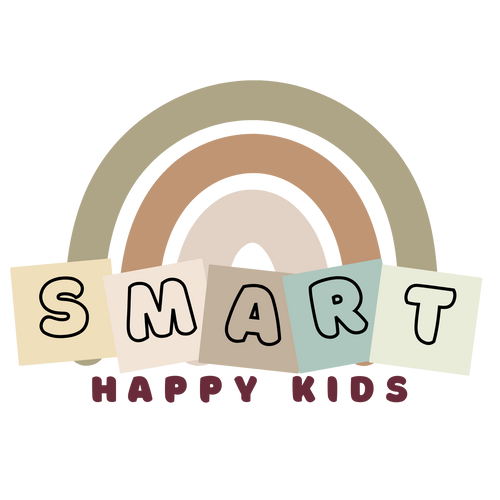How Babies Learn and How to Stimulate Their Development
Have you ever wondered how babies learn and how quickly this process occurs? The first year of life is an absolute explosion of development! According to the World Health Organization, this is when the brain is growing fastest, almost doubling, and even the smallest actions help shape that growth.
That’s why the environment needs to be rich in sensory experiences — sounds, colors, and textures. Using our Montessori boards is one of the most effective ways to create such an environment. But let’s take it step by step. We’ll explore how to stimulate baby development and share tips, examples, and simple ideas for parents.
How Babies Learn — from Simple Movements to Understanding
In the early months, babies learn through reflexes, like grasping a finger or turning toward a sound. These automatic actions gradually become purposeful. Soon, they start exploring with their senses: touching, seeing, and hearing. Repeating simple actions, like dropping a toy to see it fall, helps them understand cause and effect. Sensory play with textures, lights, and sounds is especially important during this stage.
As they grow, learning becomes more complex. Babies begin combining actions — like pressing a button, then turning a knob. What they need most is a safe space and materials that let them explore freely.
Cognitive Development in Infants
Cognitive development is how babies start to think, focus, and understand the world. In the first few months, they follow moving objects or react to sounds and lights.
By six months, they recognize faces, remember voices, and link familiar items with actions. They begin grouping objects, such as knowing that balls roll and books open, as early steps in logical thinking.
Later, babies solve simple problems, like reaching for a hidden toy. They try actions in sequence and experiment more. Toys that encourage curiosity — like sensory boards with buttons, lights, and textures — help support this natural learning process.

Why Play Is More than Just Fun
Parents often see play as something optional. In reality, baby learning through play isn’t just fun, it’s vital. Play is the main way children learn, develop thinking, memory, and language skills. According to the American Academy of Pediatrics, free play stimulates brain activity, boosts creativity, and supports emotional stability.
Playing with blocks, stacking toys, singing action songs, or pretending to create scenes with figurines builds essential skills. Plus, they’re a wonderful way to encourage baby bonding, strengthening the emotional connection between child and parent.
How to Stimulate Baby Development at Different Stages
From birth to one year, a baby goes through an incredible journey — and it’s important to know how to support them at every step.
0–3 months. At this stage, support development with calm communication, gentle touches, moving mobiles above the crib, musical rattles, and a baby-safe mirror.
3–6 months. Offer safe objects for grasping and exploration. Toys with different textures, play mats, and rattles with bells are well-suited for this period.
6–9 months. Babies start to understand cause-and-effect. This is when Montessori toys become especially useful. According to parent surveys, over 70% consider the Montessori approach to be the most natural and effective for early development.
9–12 months. Babies need more space for independent exploration. Activities like opening and closing objects, sorting games, action songs, and pretend play with small figures help develop attention, memory, and imagination.

Best Activities for Infant Learning and Stimulation
Here are some simple, early learning activities for babies that really work:
- Playing with different textures (fabric, wood, silicone).
- Sensory boards with lights and sounds.
- Songs with hand movements.
- Exploring faces and body parts in a mirror.
- Hide-and-seek with toys.
These activities support learning in a natural and joyful way.
Final Thoughts: Helping Your Baby Thrive
There’s no such thing as a small detail in a child’s development. Every touch, sound, and new experience lays the foundation for their future. Today’s parents are increasingly choosing approaches that support a child’s natural curiosity without overwhelming them. One of the most trusted methods is the Montessori method, proven effective in many countries around the world. Its core idea is simple: provide a safe environment and quality tools, and the child will learn through discovery.
Our Montessori boards are exactly what helps babies develop. They combine play with learning, spark curiosity, and help children explore, experiment, and grow with confidence. Visit www.montessoriboard.com to explore a wide range of Montessori-inspired products designed to support natural learning and growth.

